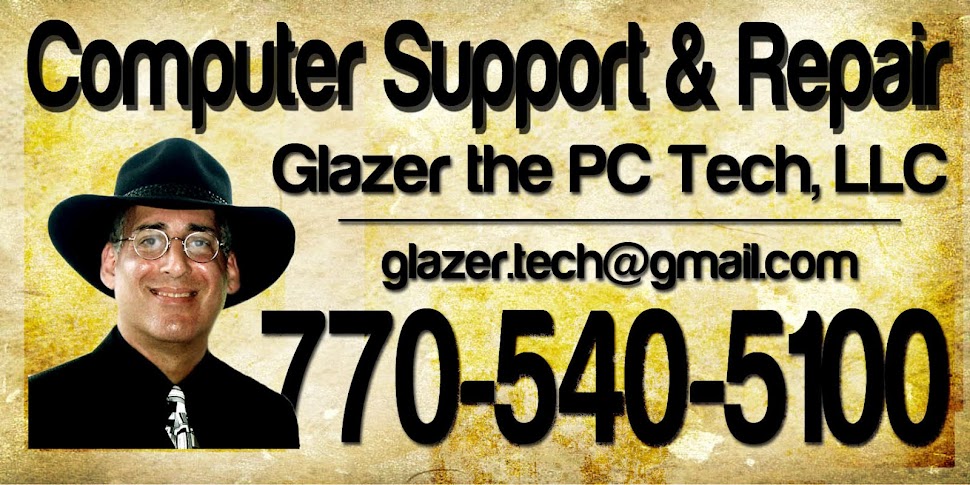The old conventional style of hard disk drive is large, has moving parts, uses lots of power, generates heat and wears out relatively fast. It can be loud and it can take a while to access files or even boot files of your operating system.
SSDs on the other hand are smaller, quieter, draw less power and access data much faster than conventional drives. Until recently, they were priced higher than consumers wanted to pay.
But don’t be so quick to go order an SSD as a replacement or even to be part of your next computer. There are, as usual, caveats to consider.
There is a downside to the new components. Actually they are not so new; it’s just that they have finally become affordable. They have been around for decades but have always been priced out of reach for most of us. As technology evolved, they have gotten better in that they have higher capacities, are more reliable and are priced more reasonably. By today’s standards they are not large yet.
Also the SSD may not fit in or be recognized in many computers. Although most desktops and some laptops will accommodate two hard drives, Windows may not see the SSD. Windows 7 was designed to work with them, but you will run into difficulties with other versions of that operating system.
The differences between the two types of drives are drastic. Their only similarity is that that both store data.
HDDs have a series of platters coated with magnetic material that rotate at a high rate of speed. The data is accessed with an actuator, not too unlike the old phonograph record arm, that reads the data. It travels back and forth looking for and writing data. It is a slow process.
Hard Disk Drives have a life span of generally three to five years. I’ve had one quit after a few months and have one approaching 10 years that still functions fine.
SSDs on the other hand have no moving parts and could last longer. They aren’t too unlike the USB flash drives we use today. Their life span is not determined in years, but in read/write cycles. Although finite (100,000 cycles), they could probably outlive many devices they would reside in.
The biggest advantage to SSDs is the speed at which they access data. Magnetic access (hard drives, old floppy disks) is slow, as is optical access (CD, DVD or Blu-Ray). With solid state, it is done electrically without having to look for data mechanically.
The access time for a (flash-based) SSD has been measured as low as 35 to 100 microseconds. A conventional disk reads at from 5,000 to 10,000 microseconds, approximately 100 times slower.
Some devices have the best of both worlds by incorporating hybrid drives or dual drives. In a computing environment, this makes sense. The hybrid drive is a conventional drive with a flash chip incorporated in it. That section of the drive would not be accessible by the user.
The dual drive has two physical drives, one of each type.
The solid state part of the drive holds the boot information allowing the operating system (Windows) to boot up very quickly. In most cases, it could also store the applications, allowing programs to start quickly, too. The hard disk component would store the data they create and all else.
Since most SSDs are not yet all that large, this option makes sense right now. Capacities are only 20 to 60 GB on most SSDs, providing room for only an operating system, some apps and little else. The music, videos, photos and the rest of the files of a larger size would be stored where they are today – on the hard disk component of the drive.
Recent online prices yielded more affordable solid state drives than in the past, but they still fail to approach the capacities of the hard disk drives we are accustomed to using.
In some instances, either could be found for about $1 per gigabyte. An 100-gigabyte SSD for $100 sounds enticing, but it’s just not large enough yet to store what we are now used to storing. If they came about 10 years ago, they would have flown off the store shelves. But now, I think not.
On sale, you could find a conventional terabyte hard drive for $100.
I’m going to hold tight for a while. Perhaps my next laptop will have room for a second drive; my current one does not. Until then, I will wait the 90 seconds for Windows to load and continue to store my photos on an external drive and in the Cloud.
Technology is evolving. Going digital with hard drives is like moving from LP records to CDs or MP3s or from VHS to DVDs. Change is inevitable, especially when it comes to technology.
Arthur Glazer is a freelance writer and computer technician in Gainesville. His column appears biweekly on the Business page and on gainesvilletimes.com.

No comments:
Post a Comment
Got a Comment - or a quick question...